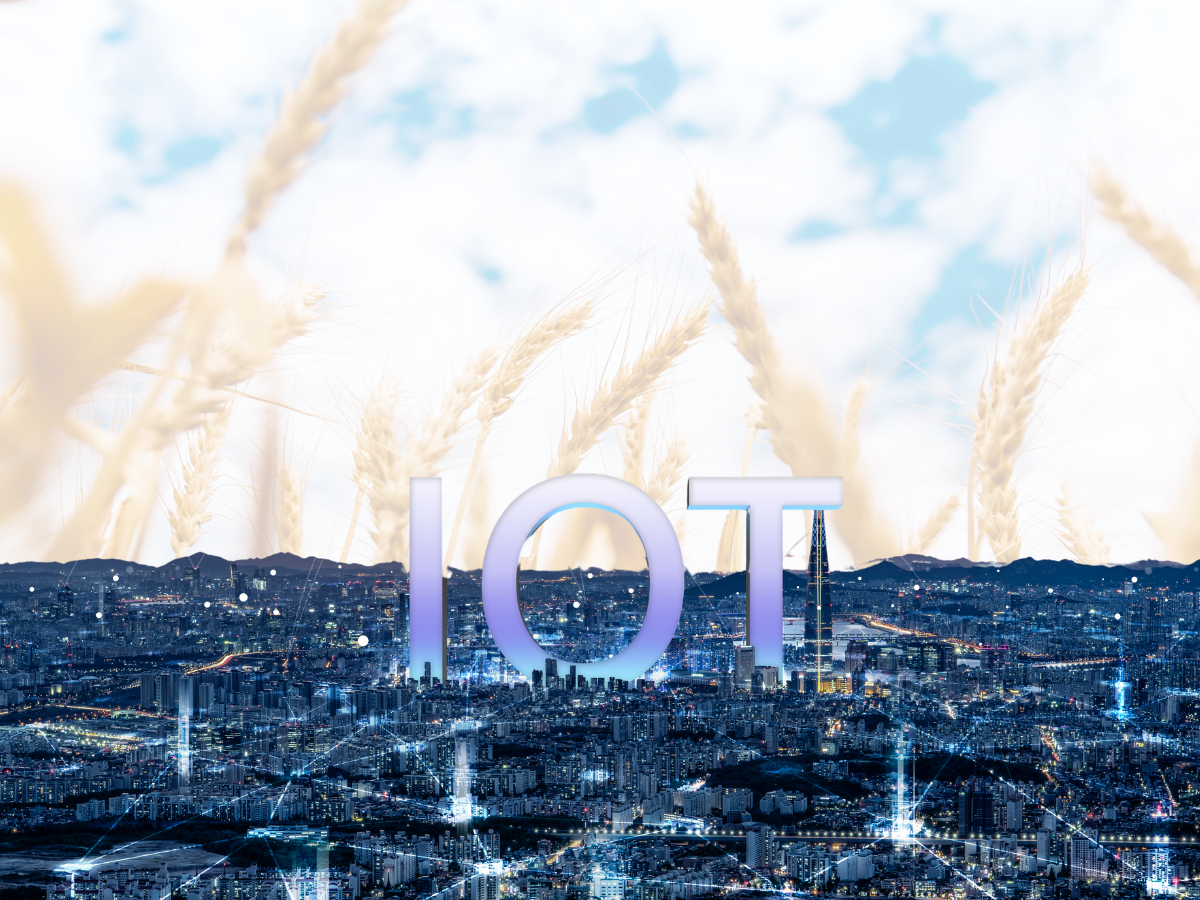IoT in Agriculture: Connecting the Farm

The Internet of Things (IoT) is transforming agriculture by connecting devices, systems, and technologies to create a smarter, more efficient farming environment. IoT enables real-time data collection, monitoring, and analysis, allowing farmers to make informed decisions and optimize their operations. This blog explores the impact of IoT in agriculture, its benefits, challenges, and the future of connected farming in the UK.
Understanding IoT in Agriculture
IoT in agriculture involves the use of sensors, devices, and communication networks to collect and exchange data. These connected devices provide valuable insights into various aspects of farming, such as soil conditions, weather patterns, crop health, and equipment performance. By integrating IoT technologies, farmers can enhance productivity, reduce costs, and promote sustainable practices.
Applications of IoT in Agriculture
- Precision Farming
- IoT devices, such as soil moisture sensors, weather stations, and GPS-enabled equipment, enable precision farming by providing accurate and timely data. This helps farmers apply water, fertilizers, and pesticides more efficiently, optimizing resource use and improving crop yields.
- Remote Monitoring and Management
- IoT allows farmers to monitor and manage their fields and livestock remotely. Sensors placed in the fields or on animals collect data on soil moisture, temperature, humidity, and animal health, which can be accessed and controlled via smartphones or computers.
- Automated Irrigation Systems
- IoT-powered irrigation systems use soil moisture sensors and weather data to automate watering schedules. This ensures that crops receive the right amount of water at the right time, reducing water waste and promoting healthy growth.
- Livestock Monitoring
- IoT devices, such as wearable sensors and GPS trackers, monitor the health, behavior, and location of livestock. This data helps farmers detect early signs of illness, track grazing patterns, and ensure the well-being of their animals.
- Supply Chain Optimization
- IoT enhances supply chain management by providing real-time data on inventory levels, storage conditions, and transportation. This improves traceability, reduces waste, and ensures that produce reaches the market in optimal condition.
Benefits of IoT in Agriculture
- Increased Efficiency and Productivity
- IoT streamlines farming operations by automating tasks and providing actionable insights. This increases efficiency and productivity, leading to higher yields and reduced labor costs.
- Enhanced Resource Management
- IoT helps farmers use resources such as water, fertilizers, and energy more efficiently. This reduces input costs and minimizes the environmental impact of farming.
- Improved Crop and Livestock Health
- Continuous monitoring of crop and livestock conditions allows for early detection of issues and timely interventions. This improves the health and quality of produce and livestock.
- Data-Driven Decision Making
- IoT provides farmers with real-time data and analytics, enabling informed decision-making. This enhances farm management and reduces the risks associated with traditional farming practices.
- Sustainability
- By optimizing resource use and reducing waste, IoT promotes sustainable farming practices. This contributes to environmental conservation and supports the long-term viability of agriculture.
Challenges and Solutions
- High Initial Costs
- The installation and maintenance of IoT systems can be expensive. However, the long-term savings in resource use and increased productivity often offset the initial investment. Government subsidies, grants, and partnerships with technology providers can also help mitigate costs.
- Data Privacy and Security
- The use of IoT involves collecting and transmitting large amounts of data, raising concerns about privacy and security. Implementing robust cybersecurity measures and transparent data usage policies is essential to address these issues.
- Technical Complexity
- IoT systems require technical expertise for installation, calibration, and maintenance. Providing training and support can help farmers acquire the necessary skills to effectively use these technologies.
- Connectivity Issues
- Reliable internet connectivity is crucial for IoT applications, which can be a challenge in rural areas with limited access. Improving rural internet infrastructure and developing offline capabilities can help overcome this barrier.
Future Prospects
The future of IoT in agriculture is promising, with ongoing advancements in technology and increasing adoption by farmers. Innovations such as AI integration, improved sensor accuracy, and enhanced connectivity will further enhance the potential of IoT in farming. In the UK, continued investment in research, development, and infrastructure, along with supportive policies, will drive the growth of IoT in agriculture and promote sustainable farming practices.
The Internet of Things is revolutionizing agriculture by connecting devices, systems, and technologies to create a smarter, more efficient farming environment. From precision farming and remote monitoring to automated irrigation and livestock management, IoT is transforming every aspect of agriculture. While challenges such as high initial costs and technical complexity exist, the long-term benefits of IoT-driven farming make it a valuable investment for farmers. As technology continues to evolve, IoT will play an increasingly vital role in shaping the future of agriculture, ensuring a resilient and sustainable food system in the UK and beyond.






